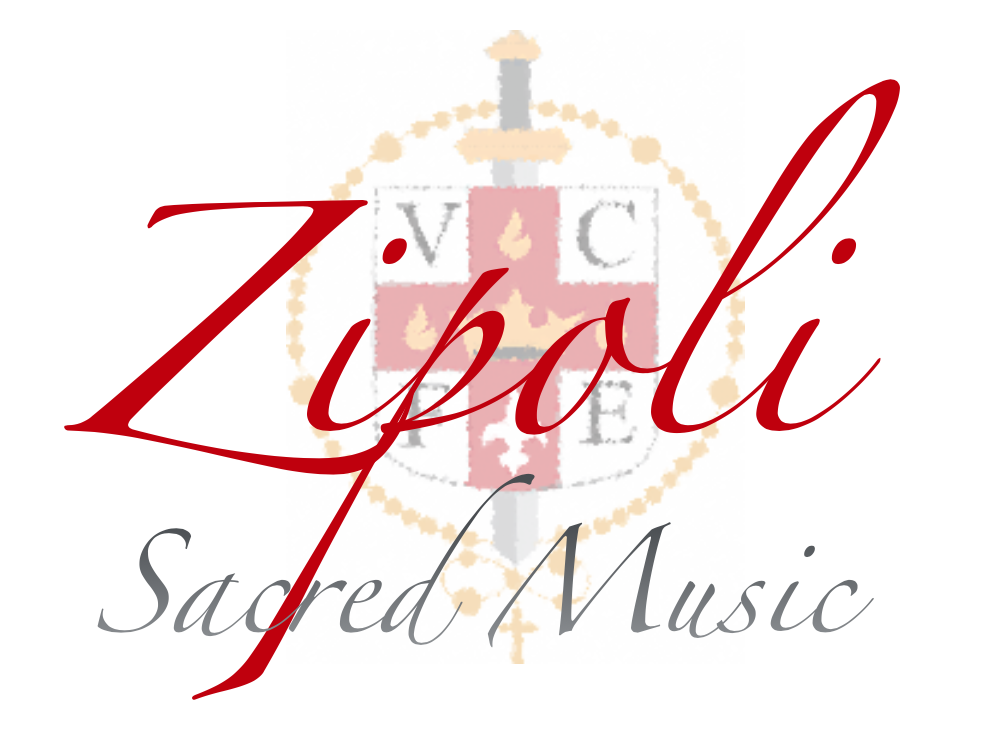Musical Degrees of Musicam Sacram
What do I sing at Mass, And When?
We can begin with a review of the beautiful Constitution on the Sacred Liturgy, Sacrasanctam Concilium and official Church teaching on music in Musicam Sacram.
Perhaps the most important contribution in Musicam Sacram (MS) is that it specifically retains the distinctions between Solemn, Sung, and Read Mass (No.28), and that the Sung Mass is to be preferred on Sundays and Solemnities, even more than once in the same day. (No. 27)
Furthermore, MS develops three levels of the Sung Mass, so that if a priest is not yet capable of singing the entire Mass, he may at least have in place the First degree for greater participation. The Second and Third degrees, it states, should not be sung without the First. (No. 28) The three classes, or degrees of music at Mass, and their order of preference, places as of highest importance those sung parts of the priest that are in dialogue with the people and integral to the Mass.
These are therefore (MS 29):
The First Degree - The acclamations
The dialogue of priest and response of the people, are of the most important musical parts of the Mass, according to Vatican II. These include:
Collect, Prayer over the Gifts, Post-Communion Prayer (the Presidential Prayers)
"The Lord Be With You" / “& with your Spirit”, at many times, particularly at the Gospel Acclamations
The chants of the Eucharistic Prayer, Preface and its Dialogue, & its response: the Sanctus
the Our Father & its embolism,
the Pax Christi
Blessing & Dismissal
The Second Degree - Mass ordinary
The second degree focuses on the Ordinary of the Mass:
Kyrie
Gloria
Credo
Agnus Dei
Prayer of the Faithful
The Third Degree - Mass propers
The third degree is essentially the parts traditionally ascribed to the choir, the Propers:
Entrance Antiphon (Introit),
Gradual,
Alleluia,
Offertory,
Communion chant.
The GIRM gives a series of options for these chants, but strongly prefers the following order:Antiphons from the Graduale Romanum/Gregorian Missal or Roman Missal
Antiphons from the Graduale Simplex
Psalms (!)
Another suitable chant or choral work*
*This loosely includes hymns (primarily belonging to the office), which have a very short Low Mass tradition of use in the U.S., from approximately 1930s - present. One must keep in mind that the selection of hymns will REPLACE the scriptural prayers intended for use…the proper prayers intended for each and every Mass.
From these levels, we see a continuation of what earlier generations held in high esteem as qualities of Sacred Music - that it forms an integral part of the Holy Liturgy, in its ability to be holy, beautiful, and universal. Gregorian chant receiving 1st place, Sacred Polyphony 2nd, and devotional music a distant 3rd.
Madonna della Strada
Why sing the Mass?
By the time Musicam Sacram was published, (1967) the liturgical music world had already taken on a life of its own, one that would eventually be codified and published by the United States Bishops as Music in Catholic Worship in 1972. In this set of guidelines, which did not have the same binding authority of the Council, the "sung Mass" was considered outdated, and the degrees of Musicam Sacram were largely ignored by the majority of Catholics for generations. Many of us grew up with a mentality that results from thinking of music as something added to the Liturgy. To "add something", as if ANYTHING we could add to the Holy Sacrifice of the Mass would ever add to the glory of what is actually taking place! If we believe that it is Christ who celebrates the mysteries, how strange it would be in a musical Mass to never hear the priest, the one In persona Christi, sing to his bride, the Church, the words like "The Lord be with you?"
Other elements of the sanctity of the Holy Mass also fell away from the sacred, true and beautiful. Worship, with it's rainbow stoles and polyester shiny banners was for once, comfortable and easy for the spiritual life of the people. Like a campfire. But thankfully with recent reforms spear-headed by the Holy Fathers, the people are finding again the Sacredness of the temple and the Beauty that we behold within. Falling down in Adoration, Praise, Thanksgiving, and Petition, we understand with greater devotion the reality of the Cross Exalted in the Holy Liturgy for our Salvation.
Far from bringing the worldly characteristics into the Holy Mass, sacred music can assist in the edification and sanctification of the people, which Pope St. Pius X declared as the purpose of Sacred Music. And this begins with the Mass itself. Simple, perhaps, by the world's standards - monks do not need to have the musical capabilities that would land them a performance at Carnegie Hall. Chants are seemingly so simple. But as St. Ignatius of Loyola teaches, we are to use the things of the world, even our weak human voice, in so much as they lead us to our one true end. The Church has held up again and again the supreme model of Gregorian chant, as the musical language of the Church. When one hears a piece of chant, there is no other possible place the mind or the heart can go other than to Our Lord. It begins with singing the Mass itself, and then the creativity and beauty that can be utilized in sacred music by our every voice and instrument in every culture throughout the world can then be employed for the Greater glory of Almighty God and the sanctification of the people.
+AMDG
Lisa Knutson is Director of Music at St. Mary’s Church, Conshohocken, PA.


